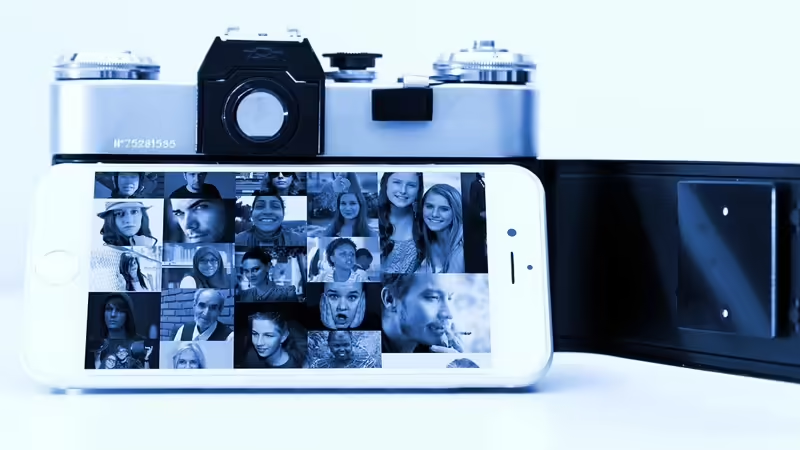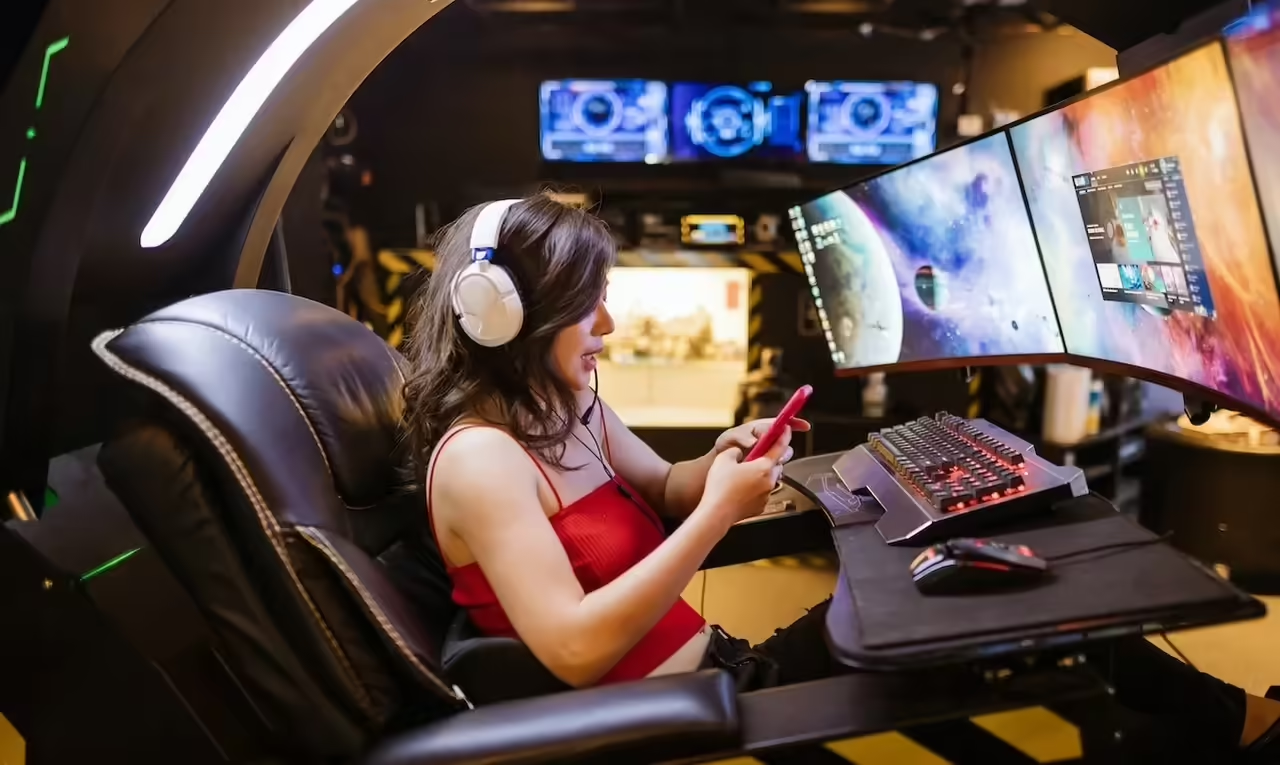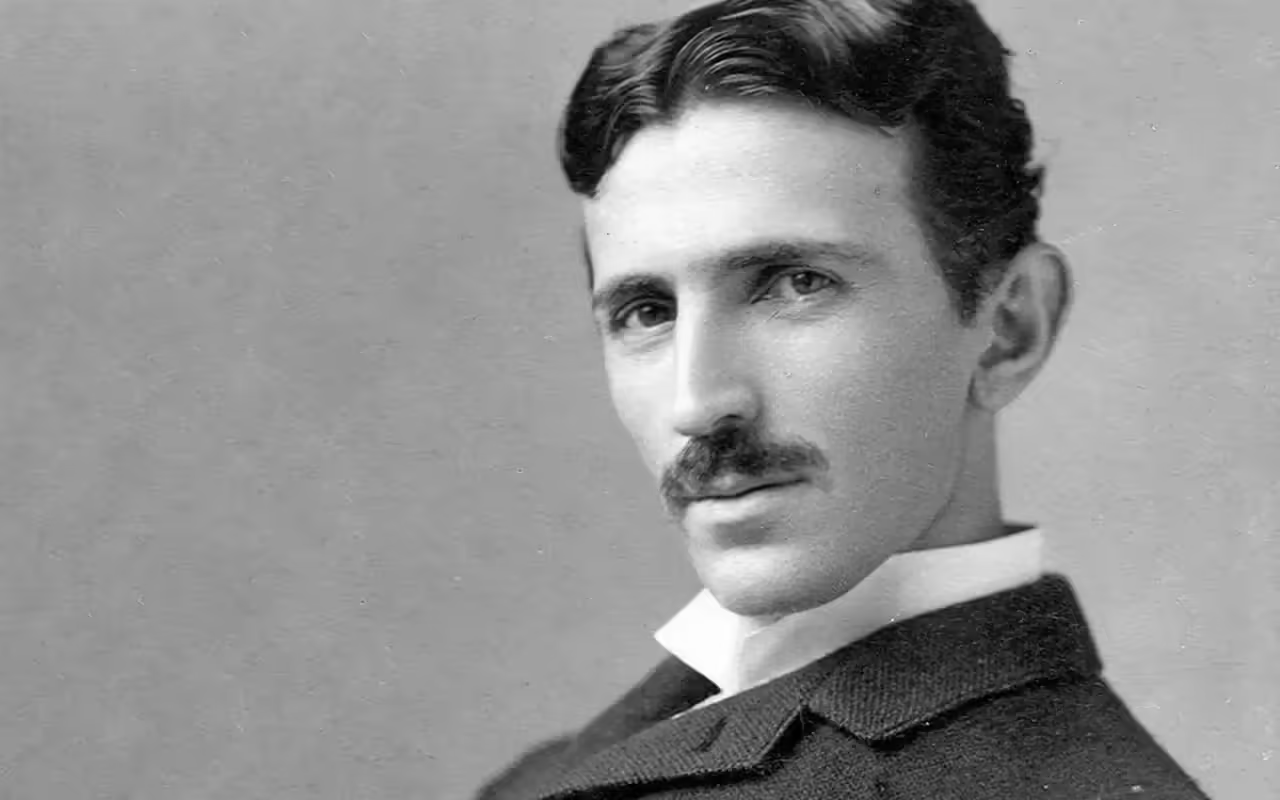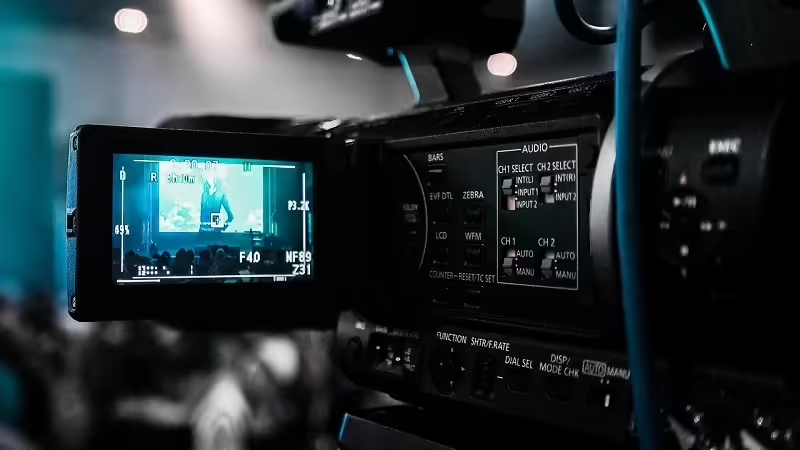
After the Nazi defeat, the Soviet Union was able to take advantage of advanced German engineering and use it for their own interests. This applies to the Zorki camera, the “Leica People”.
One of the great jewels of the immense Soviet factories were robust rangefinder cameras Zorki. This is a camera made in the Soviet Union between 1956 and 1973 by Russian company KMZ (Красногорский Mеханический Завод, Krasnogorski Mejanichieski Zavod). Specifically, its production was in a city near Moscow Krasnogorsk name.
It’s definitely one of the best machines that manufactured the Soviets during those years. A time when the Soviet Union sought to compete with US industry with its factories spread over its vast territory. But the reality was that the Zorki were designed as almost exact copies of the famous and prestigious Leica German, as used by the Nazis during the 2nd World War in order to document the fighting. Then, What was the secret of success of these Soviet cameras Definitely, low cost thanks to cheaper production that Leicas: German cameras were manufactured by artisans in the town of Solms, in a company that began in 1923, while the Zorki were assembled in large factories industrial process.
over 5 million cameras
One of the great secrets of its manufacture was the presence of German and Japanese engineers in their factories, prisoners of war after the fall of Berlin in 1945, in addition to the enormous amount of material transferred to the USSR as war booty. Thus, with sufficient technical and human power, began the era of the Zorki in which were produced in total more than 5 million cameras and more than 6 million objectives.
But the activity of KMZ not cease with cameras. At a time when industries across the Soviet territory focused on military equipment production, the company is dedicated to also design other military-optical devices: scopes, binoculars, rangefinders … Even KMZ in 1955 designed a of the most compact SLRs ever built, the Zenit.
The Zorki telemetry cameras were running. That is, combining an independent rangefinder focusing lens that allowed by superimposing two images, with a direct optical viewfinder. Thus, one of the great benefits of this type of camera was to obtain clear and bright pictures. So could focus correctly when the image was obtained through the viewfinder matched image rangefinder
Shutterstock
Obviously, the quality of materials and overall, lenses, was not the same as the Leica. For the Zorki, these goals were often mounted with 39 mm screw and a distance of 28.8 mm register. Still, because the manufacture of these cameras lasted nearly 20 years, changes in the objectives were constant. With the initial models, Zorki sold with an objective Jupiter 8 2/50, with construction of 6 elements and that was the almost exact copy of the Carl Zeiss Sonnar mounted on the Leica. Later appeared Industar other models such as 22 and 50, besides the Jupiter 17, of which very few units were made.
Thus, the success of the first model, Zorki 1a, the Soviet industry decided to continue its development. In this first model accompanied him shortly after the Zorki 2, 3 and 4, the latter being better quality camera and copy Leica M, thanks in part to spy work that kept KMZ. But even designing better and better machines, recognition of the Leica continued to dominate the field of photography. The Germans used the Soviets best materials, manufacturing Leica with bronze body, while Zorki were aluminum.
An intricate contraption management
The first step was to load the reel. The lower cap retreated, the coil (smaller than the Leica) to place the spool, was mined stood the cover and finally the jog wheel is turned in the direction of clockwise order loading the shutter and advance the film.
The next step was to adjust the exposure. Because they’re so old cameras did not have a light meter, had to be done by eye: The shutter was loaded and then select a shutter speed. Later we had to focus. To do this he had to adjust and match the viewfinder image with the image of the photometer, making were perfectly superimposed.
Last but not least complicated soared, taking care not to touch the ring around the shutter, as it turned and if their rotation is prevented the risk of disabling the shutter is running.
Today, if we look, we find a model of this legendary camera easily confused with the original Leica. If this is your case, in the following table you can identify the model you have in your hands, knowing the date of manufacture and other secrets:
Hipertextual







